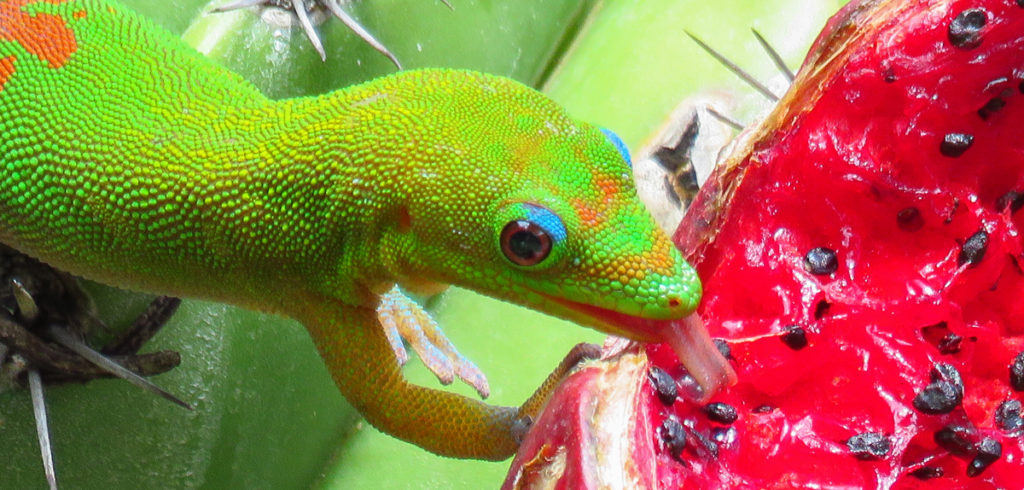Michelin North America is working with experts from Lehigh University and Cornell University to develop two novel mechanisms to improve the friction of soft materials based on the bio-inspired design of near-surface structures.
“These are two difficult and new approaches to controlling friction of soft material surfaces and interfaces that have come to light through our previous work,” said Anand Jagota, professor and founding chair of the bioengineering department at Lehigh University, Pennsylvania.
In support of the research the team have secured a five-year US$2m grant from the National Science Foundation (NSF), which they have already used to conduct some of their first studies. The funding was secured through the Leading Engineering for America’s Prosperity, Health, and Infrastructure (LEAP HI) Grant Opportunity for Academic Liaison (GOALI).
Jagota commented, “This is our fifth and largest grant in this line of research – we continue to find fresh and exciting ideas to investigate.”
The LEAP HI program supports interdisciplinary, multi-investigator proposals tackling complex engineering problems. It is the first LEAP HI grant awarded to a Lehigh research team since the program’s inception in 2017.
Jagota, who is affiliated with Lehigh’s Institute for Functional Materials and Devices (I-FMD) will continue to work with Cornell engineering professor Chung-Yuen Hui on the program.
Mike Andrews, director of external research for Michelin North America, explained the importance of the research for the tire maker: “The ability to use surface features to control the friction between surfaces opens up many design possibilities. But in order to take advantage of the idea, we need to understand the mechanisms involved and that is what this research will allow us to do. We are looking forward to working directly with Dr Jagota, Dr [Chung-Yuen] Hui, and the teams at Lehigh and Cornell universities.”
The team also includes Lehigh alum Constantine Khripin, a materials performance researcher at Michelin who did his dissertation work in Jagota’s lab.
“As a PhD student I was on the academic side of research, discovering new phenomena and attaining an in-depth understanding of mechanisms involved,” explained Khripin. “Now that I am on the industry side, there’s more to the equation. I have to be part salesman and part diplomat, pitching the academic results to a broad organization for funding; part engineer, identifying applications where the project might bring value; part paralegal, working on the IP strategy; part contract negotiator. It’s exciting to be involved with connecting research to product innovation, but there are certainly a lot of moving pieces.”
One of Jagota’s current PhD students who works on the lab’s existing GOALI project with Michelin, Nichole Moyle, said participating in an industry-academic partnership has given her insight into the commercial applications of her research.
“You get an idea of how easy or challenging it would be to apply an idea from the lab on an industrial scale,” explained Moyle, who is investigating ways to increase the sliding friction of lubricated soft materials by using structures to store and then unstably release energy.
“Many of the structures we work in our lab with are on the micron scale, but for my project we also look at structures on the millimeter scale, because those would be easier to manufacture. We also meet with our industry partners multiple times a year, so there are many opportunities to practice presenting and discussing our work.”
Jagota, who is also a professor of chemical and biomolecular engineering, explained that the new LEAP-HI GOALI project has origins in earlier work in biomimicry – investigating the biological adhesion mechanisms in geckos, lizards and frogs – but has evolved to a collaboration with industry focused primarily on friction.
“In making these biomimetic surface structures, employing fibrils or complementary shapes, we’ve been able to create very high sliding friction, which could be used to improve the braking performance of tires,” he said.
“We’ve discovered several techniques that can turn friction up or down. Now we’re taking a deeper dive into these mechanisms, some of which are meso-scale versions of molecular level phenomena that underlie the fundamental question of how friction arises between surfaces in the first place.”
This project will investigate two mechanisms based on previous discoveries.
Meso-scale dislocation arrays are interfaces with a periodic array of features that accommodate misorientation by generating meso-scale interfacial dislocations, which can be used to control friction. Employing these arrays in the manufacture of tires could improve product quality, cut down on waste, and open up experimentation with new materials.
A new form of elastic hysteresis is based on periodic near-surface patterning of elastic modulus, which can be used to set up additional hysteresis to yield significant friction enhancement. This mechanism could enhance the friction of tires, especially in wet conditions.
The experiments Jagota’s team will perform and the data they will analyze will expand engineers’ understanding of friction while generating ideas and methods that could influence Michelin’s tire design and production in the future.
“Tire manufacturing is a very mature field, so there’s a very different dynamic when it comes to implementing innovation. You have to be very, very careful before making changes because of the safety aspect, so there is a deliberate process for applying new ideas. It’s certainly a challenge, but we take that as a positive,” concluded Jagota.
 Interested in more from Michelin? Don’t miss Patrick Pallot’s presentation ‘Virtual design and submission – the Michelin way to accelerate development‘, part of Stream 1 – Tire Technology for the Vehicle Revolution on Wednesday 26 February at the Tire Technology Expo Conference.
Interested in more from Michelin? Don’t miss Patrick Pallot’s presentation ‘Virtual design and submission – the Michelin way to accelerate development‘, part of Stream 1 – Tire Technology for the Vehicle Revolution on Wednesday 26 February at the Tire Technology Expo Conference.



